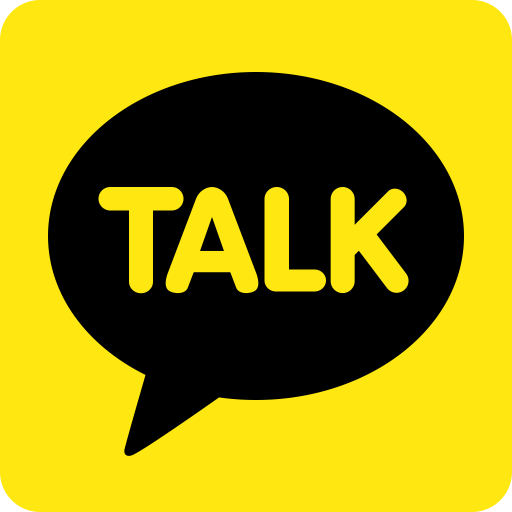The nose is an important part that affects a person's overall appearance and face impression. However, many people are reluctant to undergo rhinoplasty because of its side effects such as implant protrusion, shrinking, or deformation. Addressing these worries and concerns, 3D Printing Rhinoplasty becomes more popular in Korea these days.
What is 3D Rhinoplasty?
3D Printing Rhinoplasty starts with the precise 3D CT examination of the internal nose structure, checking the condition of the nasal bone, septum cartilage, and skin tissue. After that, a 1:1 customized implant is manufactured on a 3D printer in consideration of the shape and size of the nasal bone and inserted during surgery. Because 3D Printing Rhinoplasty uses 3D technology, it can minimize the gap between the implant, nasal bone, and cartilage, prevent nasal adhesion, and solve shape-related concerns.
Advantages of the 3D Rhinoplasty in Korea
One of the advantages of 3D Printing Rhinoplasty in Korea is that the doctor and patient can discuss and select the most suitable implant design. 3D technology also makes it possible to check the surgery result in advance.
In the case of revisional rhinoplasty, inflammation and scar construction can also be found through 3D Ct examination. More than that, the type, size, thickness, and deviation degree of the current implant can also be checked. Understanding whether ear or costal cartilages were used during the previous nose reconstruction helps to minimize the possible side effects of revision rhinoplasty.

